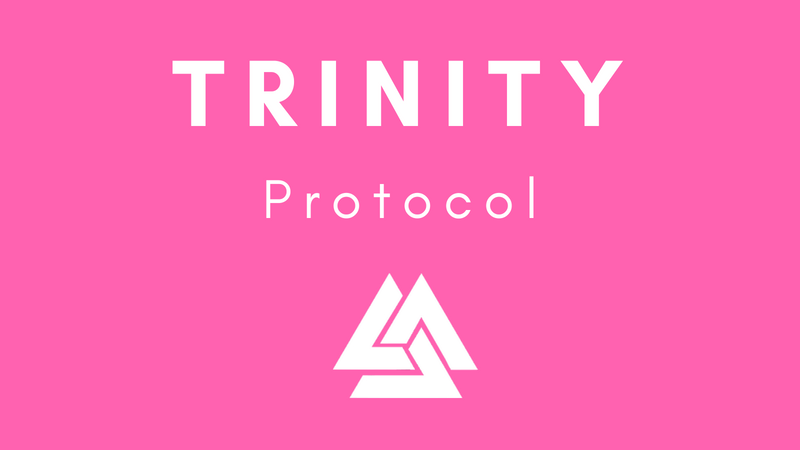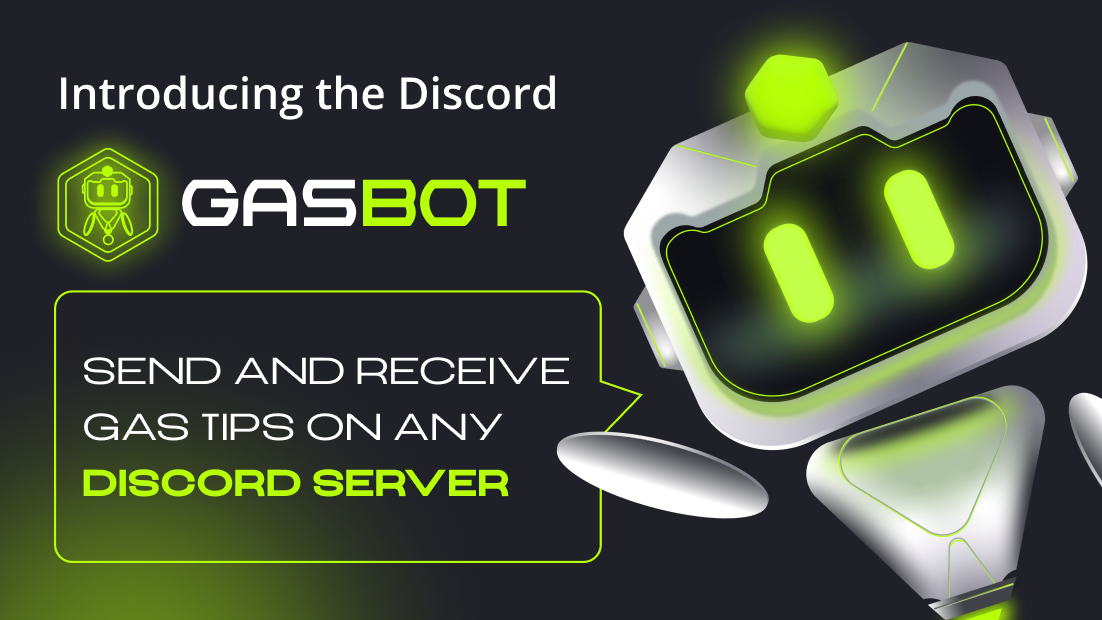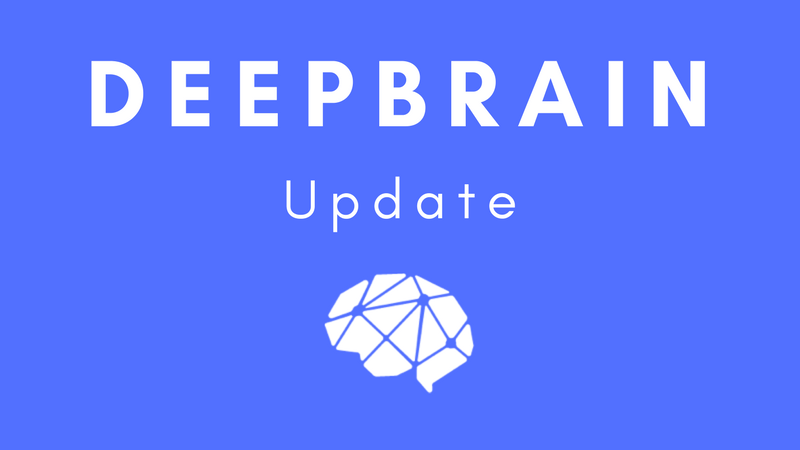
Trinity, a universal off-chain scaling solution for private payment channels and real-time transactions, has published the summary of an AMA event that was held in its Telegram channel, July 12.
The AMA was organized by Trinity CEO, David Li, and he answered numerous questions regarding the incentives of running Trinity nodes and the future of the platform.
Trinity claims to have been inspired by the Ethereum Raiden network and helps NEO achieve real-time payments, low transaction fees, and privacy protection for assets. It can be used to increase blockchain throughput of NEP-5 token transfers and for high frequency transactions using state channel technology.
A number of questions were asked in the Trinity AMA session of how the nodes work and the rewards for operators. The rewards, Li states, will be paid out via a ‘reserve pool mechanism’ consisting of two types of incentives: liquidity rewards and network rewards. The reserve pools will contain collateral in the same kind of token as the requested transfer, so if someone wants to trade Red Pulse RPX, the node should also pool RPX as collateral; the operator can then be asked to be rewarded in the same kind of token.
Li also shed some light on the capital required to run a node on Trinity. He stated that $800 is the “threshold,” but in practice, more collateral is needed – especially to run a profitable node. He also noted that nodes were advantageous to application developers, as they can offer their service to customers in the same geographical area, thus making the node a potential new stream of revenue whilst also decentralizing the Trinity network.
The bulk of the other questions in the AMA were to do with Trinity’s long-term future and the valuation of its tokens. The immediate strategy, Li states, “has a lot to do with trading,” and that he intends to list TNC on Blockfolio, a popular portfolio management app. He also cautioned Trinity’s supporters from focusing too much on the value of its tokens, stating that “the real benefit for holders will be the dev adoption, I think any people who don’t understand the tech lose sight of that.” Stressing his point further: “I find people often misunderstand the idea of releasing a blockchain protocol, it’s not like Apple debuting their new model then sell sell sell. It takes a PERIOD OF TIME and after that it takes a longer time to fix, upgrade and get adoption.”
Other questions were asked in the thread about Trinity’s partnerships and the function of nodes in its ecosystem. You can read through the thread here.
More information can be found on Trinity at the below links.







About The Author: Matthew North
Matthew North is a freelance writer and journalist who resides in East Asia. He spends his time writing and learning about financial technologies like the Blockchain and digital currencies. You can follow him on twitter @fintech_matthew.
More posts by Matthew North